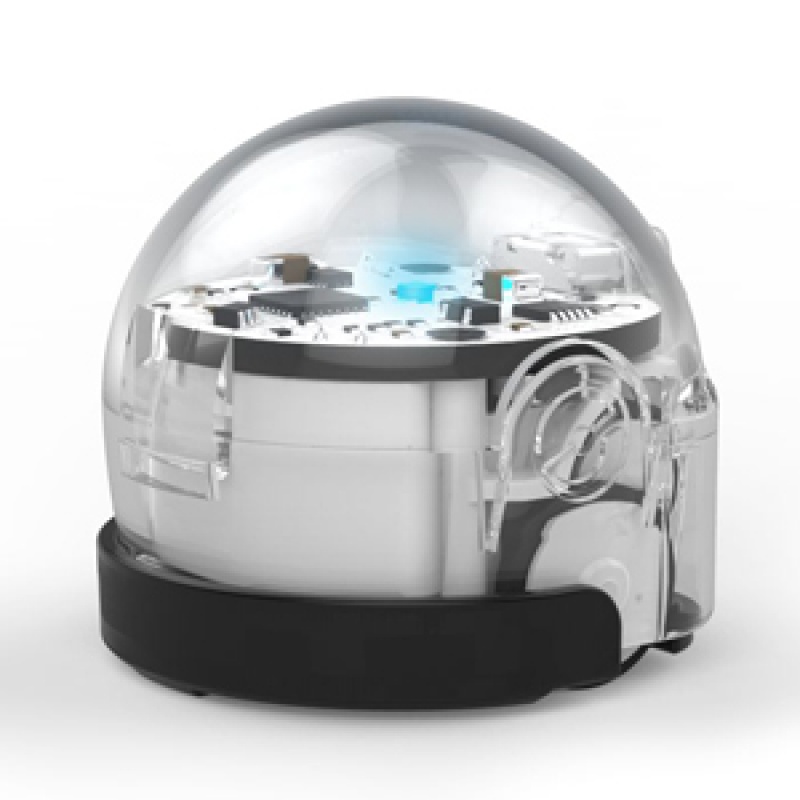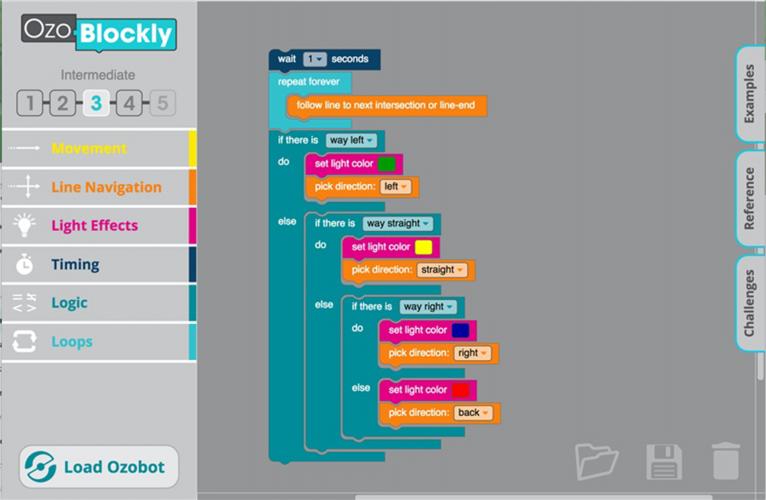
Ozobot
Ozobot is a programmable small robot, which is an innovative way to teach subjects like programming, math and science. Simple and intuitive to use on the one hand, highly programmable and versatile on the other. The robot can be used with browser tools and related apps, you can play games or create music with it. The robot can also be used with small children by programming it with color codes drawn on paper. It can be integrated to multiple subjects from arts to science.
The pedagogical analysis covers how the product supports learning of the identified skills. The student’s role is assessed by four contrary pair parameters, which are selected to cover the most essential aspects on the use of the product.
The following are the high educational quality aspects in this product.
The supported learning goals are identified by matching the product with several relevant curricula descriptions on this subject area. The soft skills are definitions of learning goals most relevant for the 21st century. They are formed by taking a reference from different definitions of 21st century skills and Finnish curriculum.




User reviews for Ozobot
You need to log in to post a review.